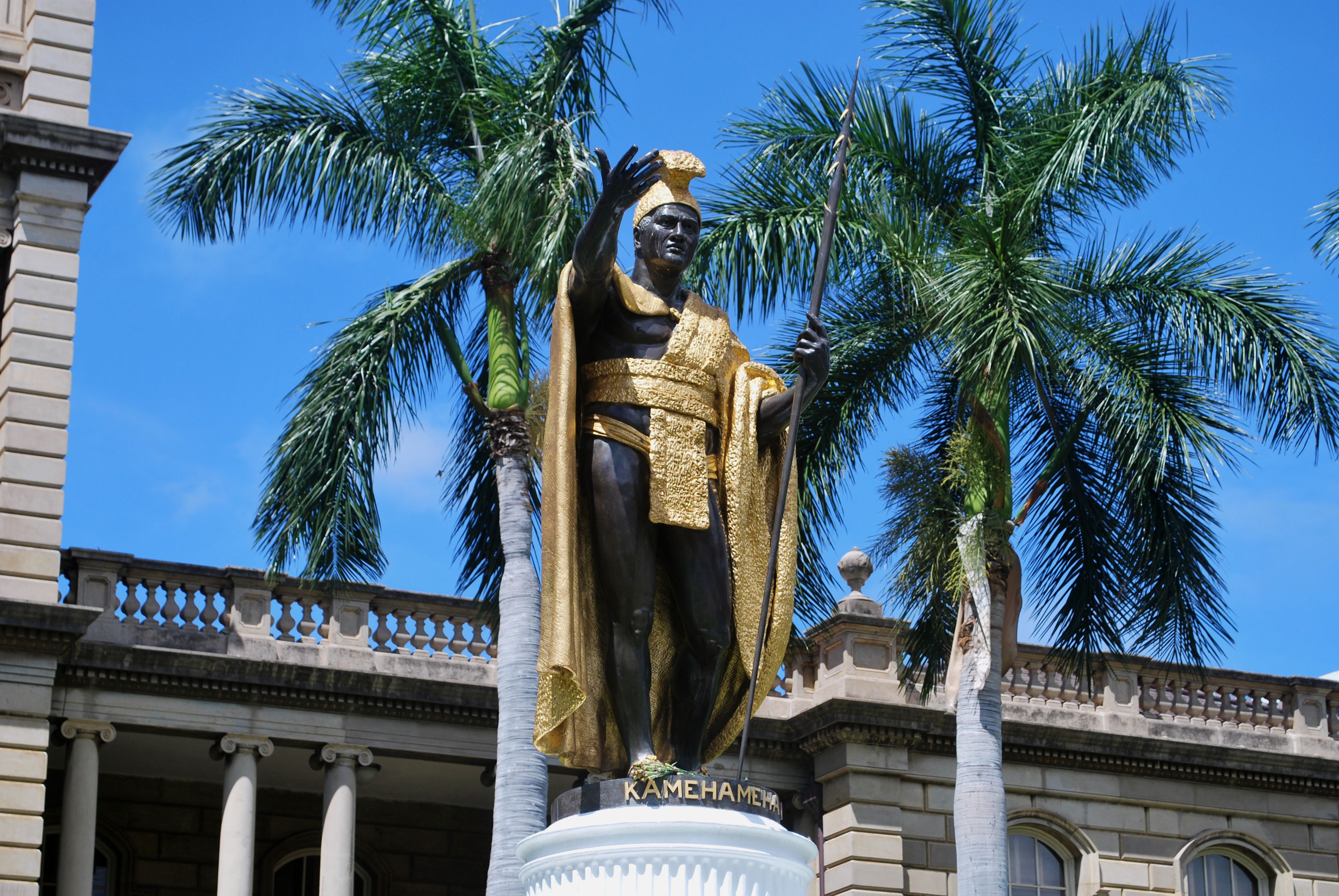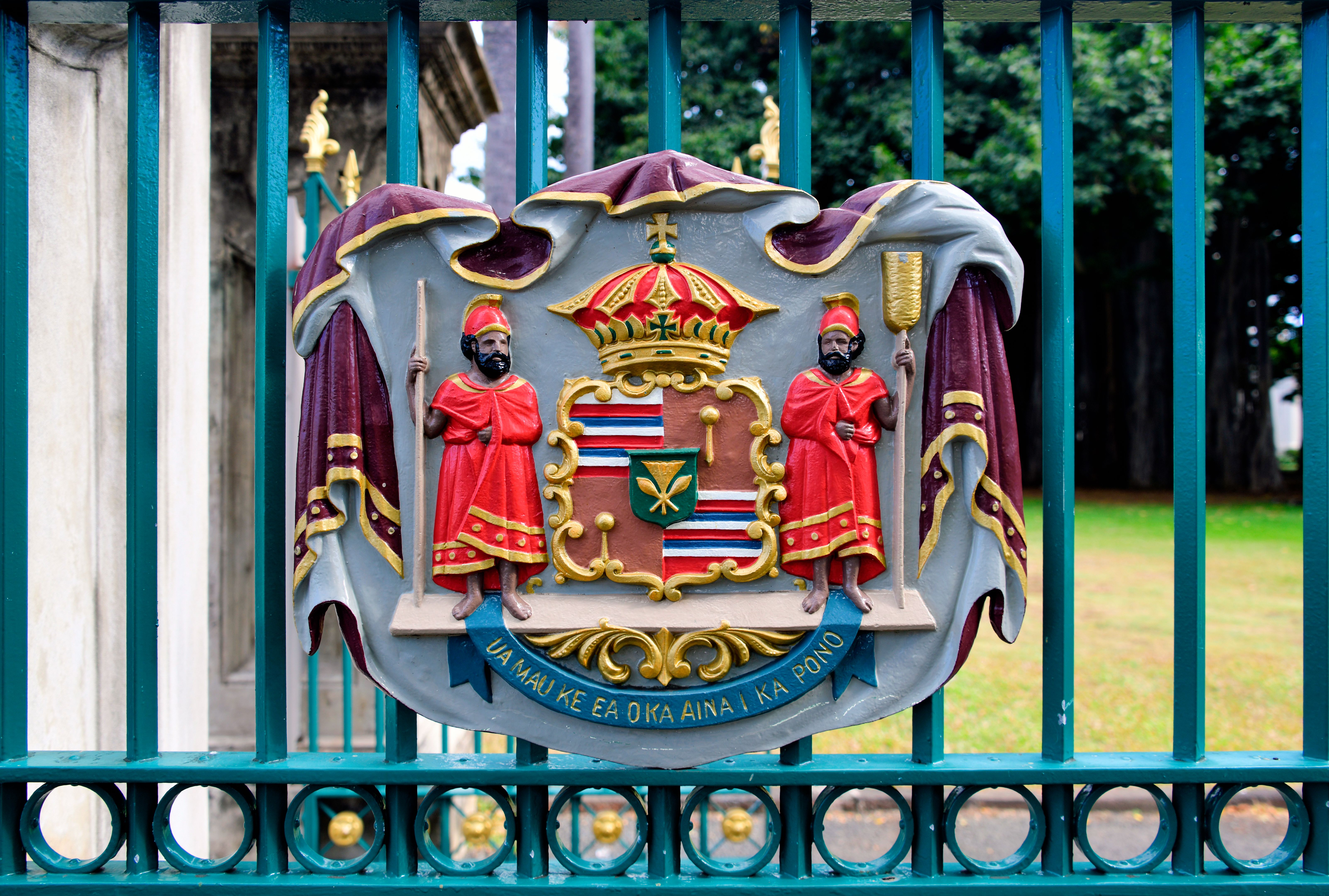Exploring Hawaiian Sovereignty: Key Laws of the Kingdom
Introduction to Hawaiian Sovereignty
The Kingdom of Hawaii, a sovereign nation until its overthrow in 1893, boasts a rich history marked by unique laws and governance. This exploration delves into the key laws that defined the sovereignty of Hawaii and how they shaped its society. Understanding these laws provides a glimpse into the political and cultural landscape of the Hawaiian Kingdom during its existence.

The Constitution of 1840
One of the most significant legal milestones in Hawaiian history was the Constitution of 1840. This document marked the transition from an absolute monarchy to a constitutional monarchy, establishing a framework for governance. The Constitution introduced a separation of powers, with distinct roles for the king, the legislature, and the judiciary.
Key provisions included the establishment of the House of Nobles and House of Representatives, creating a bicameral legislature. This constitution also emphasized the importance of a structured legal system, laying the groundwork for future legal developments in the kingdom.
Impact on Governance
The implementation of the Constitution of 1840 set a precedent for subsequent legal reforms. It ensured that Hawaiian citizens had a greater voice in government through their elected representatives, promoting democratic principles while maintaining the cultural heritage of the kingdom.

The Great Mahele
An integral part of Hawaiian legal history is the Great Mahele of 1848, a land division initiative that transformed land ownership in Hawaii. Prior to this, land was held collectively, with chiefs overseeing its distribution. The Great Mahele sought to clarify land ownership and facilitate economic development.
Under this reform, land was divided among the king, chiefs, and commoners, with provisions for foreigners to acquire land as well. This move aimed to modernize Hawaii's economy, allowing for increased agricultural productivity and foreign investment.
Consequences and Criticisms
While the Great Mahele had significant economic implications, it also faced criticism for disenfranchising many native Hawaiians. The complexities of land ownership and lack of understanding among commoners led to widespread loss of land, impacting traditional lifestyles and social structures.

The 1852 Constitution
The 1852 Constitution further evolved Hawaiian governance by expanding civil rights and modifying the structure of government. It was designed to address some limitations of the 1840 Constitution, offering more detailed laws on citizenship, property rights, and individual freedoms.
This constitution also introduced measures to ensure accountability within the government, enhancing transparency and protecting citizens' rights. It reflected the kingdom's ongoing efforts to balance tradition with modernization.
Legacy of Legal Reforms
The legal reforms instituted during the Kingdom of Hawaii's sovereignty left an enduring legacy. They highlight Hawaii's commitment to creating a fair and just society while navigating external pressures and internal challenges. These laws not only defined governance but also played a crucial role in shaping Hawaii’s identity as a nation.
